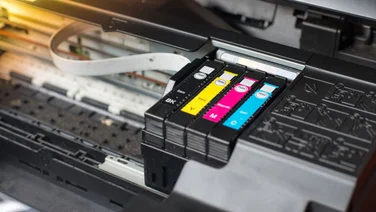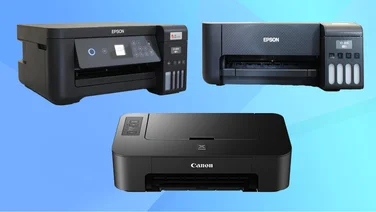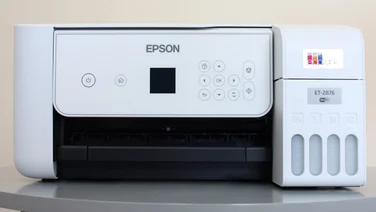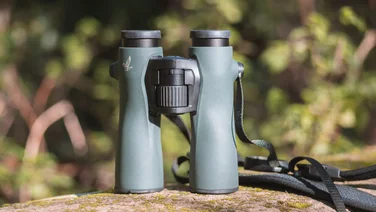To help us provide you with free impartial advice, we may earn a commission if you buy through links on our site. Learn more

Samsung hasn’t made an ultra-zoom camera since 2005’s impressive but bizarre Pro815. This time around, the design is far more conventional, blending in with the likes of the Panasonic FZ38 Panasonic FZ38.
One standout feature is the WB5000’s zoom range, which stretches from a wide-angle 26mm all the way to 624mm. The 180-shot battery life is also noteworthy, but for the wrong reasons. Additional batteries cost £18 but in-camera charging makes it impossible to charge one while using another.
Performance is disappointing, taking 3.5 seconds to switch on and take a photo, and anything from three to five seconds between subsequent shots. Full-power flash shots were 10 seconds apart. The camera is short on dedicated, single-use controls, but a Function button provides quick access to all the key photographic options, including RAW capture and AE bracketing. The navigation pad doubles as a wheel for dialling in settings, and is put to good use in the nicely implemented manual exposure and focus modes. Its action is a little light, though, and we sometimes accidentally clicked its buttons as we attempted to rotate it.
There’s a dedicated video capture button, and 720p HD recordings use AVC compression to keep file sizes down to a manageable 10Mbit/s. Detail levels were excellent, although diagonal lines looked blocky – a problem caused by poor anti-aliasing (see FAQ, left). Videos were a little noisy in artificial light, but still acceptable. Sound is recorded in stereo and saved as 128Kbit/s AAC, and was far better than the usual grotty mono recordings. It’s a shame there’s no manual exposure mode for video, though, nor an HDMI output for watching clips back on an HDTV.
We often find that lenses with massive zoom ranges struggle to deliver sharp focus at their extremes. That’s not the case here, though. The corners of frames were a little soft at extreme focal lengths but the centre stayed pin-sharp throughout the zoom range. Digital correction is used to remove lens distortions and, we’d guess, chromatic aberrations too – the preview image had some barrel distortion at the wide-angle end of the zoom but the resulting shots were straight, and we found no sign of chromatic aberrations.
Colour reproduction was excellent and automatic exposures were generally well judged. The exception was that the camera was a little over-confident of its optical stabilisation, attempting shutters speeds as slow as 1/25s at 624mm. As with any camera with a 12-megapixel, 1/2.3in sensor, noise reduction decimated details in low light, but ISO 400 and 800 shots looked fine when resized to fit a computer screen.
The WB5000 competes directly with the excellent Panasonic FZ38, and puts up an impressive fight. They’re neck and neck for image quality; the Samsung’s zoom range is bigger but the Panasonic’s lens is sharper. Samsung loses ground in terms of performance and battery life, though, which is enough to keep the Panasonic in the lead.





